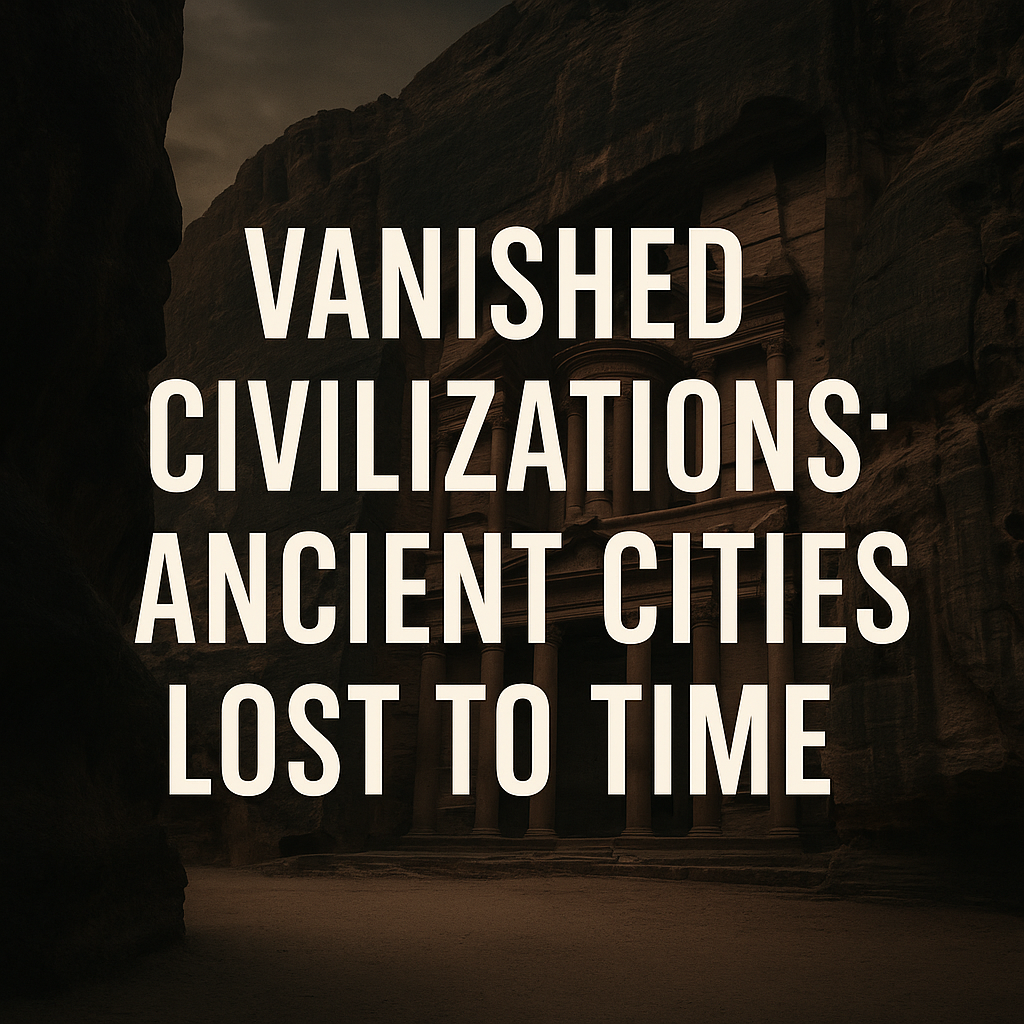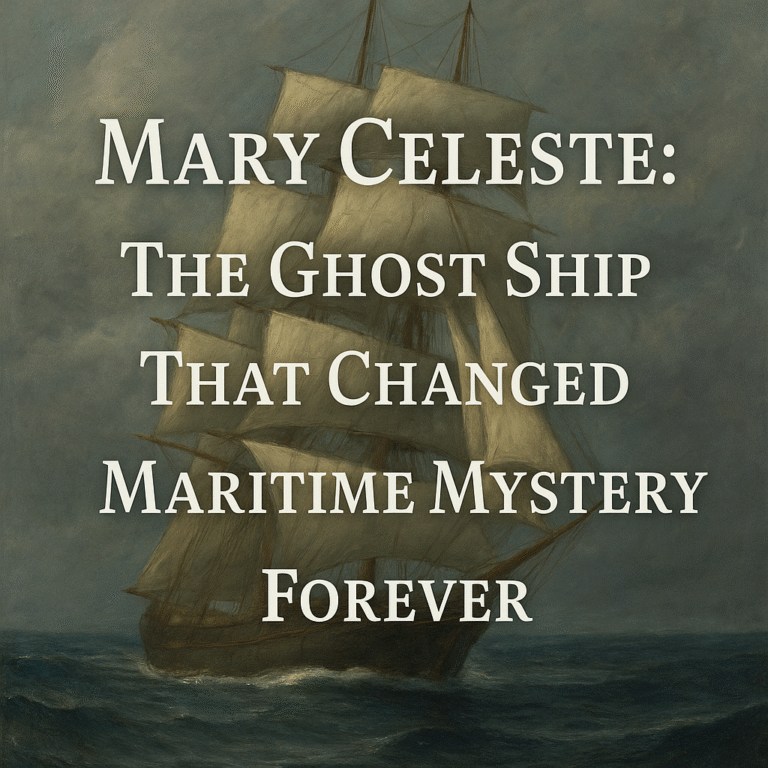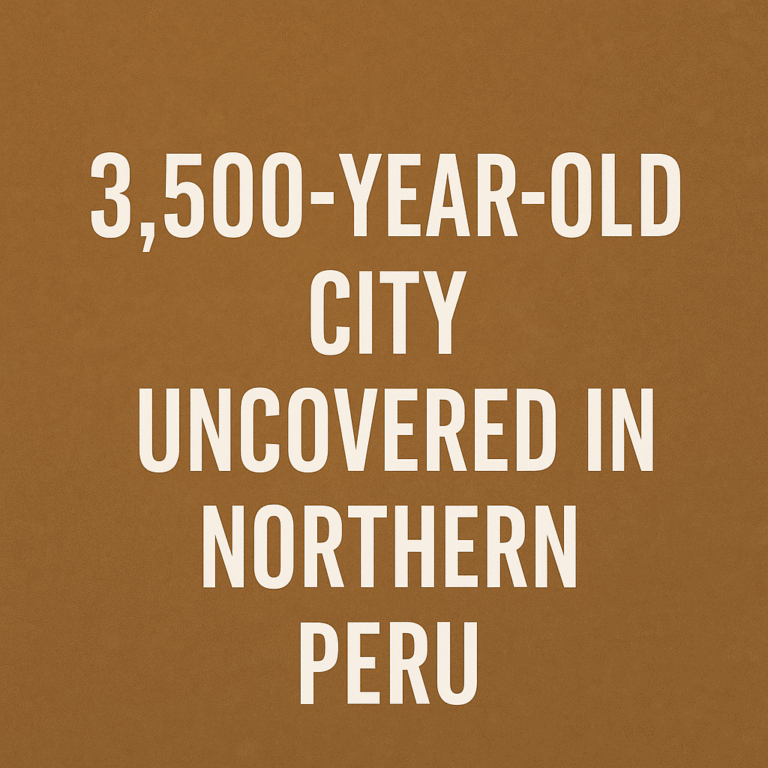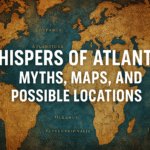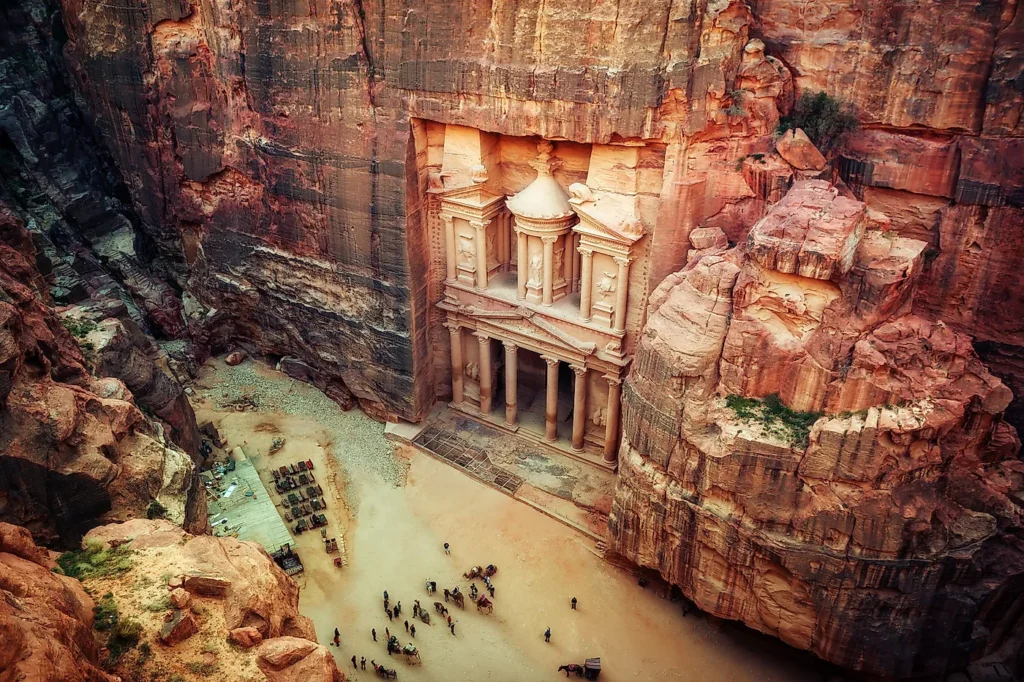
🌍 Introduction ✨
Imagine entire cities—centers of culture, innovation, and daily life—vanishing without a trace. Over centuries, rising waters, shifting sands, natural disasters, or abandonment swallowed them whole. For centuries, their memory faded into myth, until archaeologists rediscovered them—revealing lost chapters of human history.
This journey through vanished civilizations takes us to remote ruins of once vibrant cities—lost, found, and remembered. Let’s uncover why they vanished and what their rediscovery tells us about humanity.
1. Mohenjo-Daro – Pakistan 🇵🇰
Discovered in 1922, Mohenjo-Daro was the crown jewel of the Indus Valley Civilization (c. 2500 BCE). Entirely planned, with a drainage system and the famous Great Bath, this city vanished around 1700 BCE—possibly due to environmental change or river shifts. Its rediscovery revolutionized archaeology and unveiled one of humanity’s earliest urban civilizations stock.adobe.com+4stock.adobe.com+4wallup.net+4traveltriangle.com.
2. Petra – Jordan 🇯🇴
Petra, the rose-red city carved into sandstone cliffs, was long lost to the Western world until 1812. Built by the Nabataeans around 4 th century BCE, it thrived as a trading hub on the spice and silk routes, with advanced water systems carved and piped across desert landscapes .
3. Pompeii – Italy 🇮🇹
Frozen on 24 August 79 CE by Mount Vesuvius’s eruption, Pompeii’s streets, frescoes, and citizens were buried and preserved for 1,700 years. Rediscovered in the 18th century, it offered an unparalleled snapshot of Roman daily life discovermagazine.com+3armycadets.com+3the-sun.com+3.
4. Tiwanaku – Bolivia 🇧🇴
Built near Lake Titicaca, Tiwanaku rose to prominence around AD 110 and declined after 1000 AD, possibly due to climate shifts. Though first recorded in 1549, true archaeological investigation began in the 19th century. Covering ~4 km², it held as many as 20,000 people and features structures like the Gate of the Sun en.wikipedia.org.
5. Hattusa – Turkey 🇹🇷
The capital of the Hittite Empire (c. 1600–1200 BCE), Hattusa’s grand walls and lion gates remained buried until Charles Texier unearthed them in 1834. It shaped Bronze Age geopolitics until the empire’s collapse—and its rediscovery reshaped our understanding of Anatolian history worldatlas.com+4en.wikipedia.org+4wsj.com+4.
6. Derinkuyu – Turkey 🇹🇷
Deep beneath Cappadocia’s volcanic rock lies Derinkuyu, an underground city housing 20,000 people across multiple levels. Hidden from the world until modern times, it offered refuge in times of war—and remains a testament to human ingenuity explorethearchive.com+1businessinsider.com+1.
7. Heracleion – Egypt 🇪🇬
Also known as Thonis, Heracleion was a major trading port near Alexandria. Disappearing beneath the waves around 100 BC, it remained lost until underwater archaeologists led by Franck Goddio rediscovered it in the 2000 s, uncovering submerged temples and statues en.wikipedia.org+1thesun.co.uk+1.
8. Lost City of Z – Amazon (Mato Grosso, Brazil) 🇧🇷
British explorer Percy Fawcett vanished into the Amazon in 1925 while searching for the legendary Lost City of Z. While the city’s exact location remains a mystery, recent LIDAR scans unveiled vast ancient settlements in the jungle—echoes of Fawcett’s decades-old legend en.wikipedia.org.
🌱 Why These Cities Vanished
Across continents, reasons for these vanishings often include:
- Environmental shifts: Rivers drying up (Mohenjo‑Daro), volcanic eruptions (Pompeii)
- Invasion or war: Hattusa’s destruction during collapse, Derinkuyu’s underground protection
- Submersion: Heracleion and similar sites sank beneath seas over centuries
- Isolation/Abandonment: Trade routes moved or political capital shifted
Each city’s disappearance reflects a story where tragedy, adaptation, and resilience intersect.
🪴 Rediscovery: The Role of Technology
From moat preservation to aerial LiDAR revealing secrets buried under Amazon forests—technology is expanding our knowledge:
- LIDAR revealed Amazonian structures that defied previous assumptions worldatlas.com+1businessinsider.com+1discovermagazine.com+6traveltriangle.com+6wsj.com+6businessinsider.com+3explorethearchive.com+3en.wikipedia.org+3traveltriangle.com+2en.wikipedia.org+2thesun.co.uk+2wsj.com.
- Radar and sonar uncovered underwater cities like Thonis‑Heracleion.
Rediscoveries reshape history—and remind us that we may only have discovered a fraction of what’s hidden beneath.
🧠 What Do These Cities Teach Us?
- Human adaptability: Cities like Derinkuyu demonstrate survival strategies during crises.
- Cultural interconnectedness: Petra and Heracleion were trade hubs linking civilizations.
- Historical humility: Every discovery reminds us how much remains unknown—and how our current world might be next.
✨ Conclusion
The vanished cities we rediscover today are time capsules—harsh reminders of nature’s power and human fragility. They teach us about innovation, disaster, and resilience. And with technology still unveiling the next “lost” civilization, our story of the past is far from finished.

